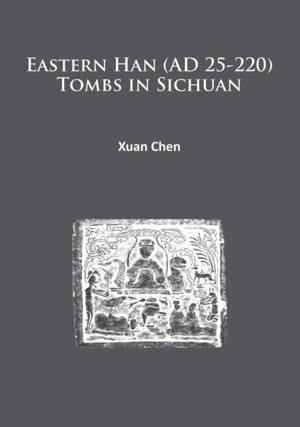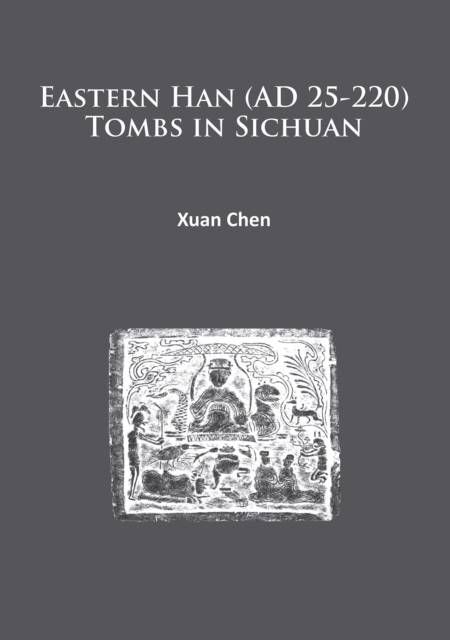
Je cadeautjes zeker op tijd in huis hebben voor de feestdagen? Kom langs in onze winkels en vind het perfecte geschenk!
- Afhalen na 1 uur in een winkel met voorraad
- Gratis thuislevering in België vanaf € 30
- Ruim aanbod met 7 miljoen producten
Je cadeautjes zeker op tijd in huis hebben voor de feestdagen? Kom langs in onze winkels en vind het perfecte geschenk!
- Afhalen na 1 uur in een winkel met voorraad
- Gratis thuislevering in België vanaf € 30
- Ruim aanbod met 7 miljoen producten
Zoeken
Omschrijving
This work explores the many factors underlying the extended popularity of the cliff tomb, a local burial form in the Sichuan Basin in China during the Eastern Han dynasty (AD 25-220). The development of the cliff tomb was linked to a complex set of connections involved with burial forms, and continued through associations with many other contemporary burial practices: brick chamber tombs, stone chamber tombs, and princely rock-cut tombs. These connections and links formed to a large extent through the incorporation of the Sichuan region within the Empire, which began in the fourth century BC. It was as part of this overall context that a series of factors contributed to the formation and popularity of the cliff tombs in Sichuan. The hilly topography and the soft sandstone, easy to cut, provided a natural resource for the development of cliff tombs. The present book, therefore, analyses the decisions behind the exploitation of this natural resource, which were also affected by many complexities rooted in the social background. The inherent nature of the cliff tomb structure is fully explored, followed by an investigation into the corresponding innovations involving pictorial carvings and burial objects. The meanings behind the seemingly continuous 'family' associated with the cliff tomb structure are also explored, as the construction of the tomb resulted from the continuous endeavours of many generations, and the physical appearance of the cliff tomb becomes a metaphor for family prosperity.
Specificaties
Betrokkenen
- Auteur(s):
- Uitgeverij:
Inhoud
- Aantal bladzijden:
- 124
- Taal:
- Engels
Eigenschappen
- Productcode (EAN):
- 9781784912161
- Verschijningsdatum:
- 31/10/2015
- Uitvoering:
- Paperback
- Formaat:
- Trade paperback (VS)
- Afmetingen:
- 211 mm x 295 mm
- Gewicht:
- 476 g

Alleen bij Standaard Boekhandel
+ 70 punten op je klantenkaart van Standaard Boekhandel
Beoordelingen
We publiceren alleen reviews die voldoen aan de voorwaarden voor reviews. Bekijk onze voorwaarden voor reviews.









